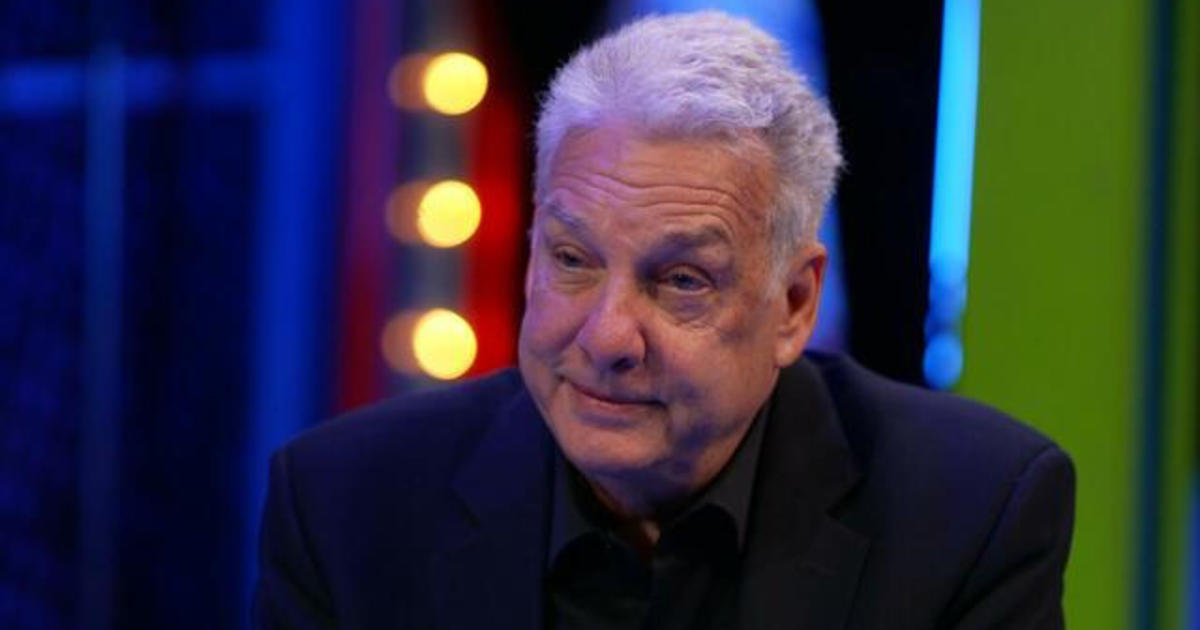NCAA president proposes Division I schools compensate student-athletes
In a landmark move that could redefine college sports, the head of the NCAA has proposed that Division I schools be allowed to compensate student-athletes directly.
In a letter sent Tuesday to Division I members, NCAA President Charlie Baker suggested a new "subdivision" be created for institutions with the "highest resources." Those schools would be required to invest a minimum of $30,000 annually into an educational trust for each of at least half of their student-athletes. The average total cost per school is estimated to be around $6 million.
Pat Forde, a senior writer for Sports Illustrated, said there are a lot of things schools would have to work through.
"First of all, the schools have to decide for themselves: 'are we in on this?' But then secondly: who's getting paid? If it's half the students within an athletic department, which half? Who gets it?" Forde said.
The idea of compensating student-athletes gained traction with the rise of name, image and likeness (NIL) deals that became popular among student-athletes after a 2021 Supreme Court ruling gave college athletes the right to earn money from their name, image or likeness.
The latest plan, which would allow subdivision participants to create their own rules regarding roster size, recruitment or NIL, comes amid speculation that the Power Five conferences might seek to separate from the NCAA. Those conferences are seen as the most competitive in Division I athletics.
Joe Moglia, the chair of athletics at Coastal Carolina University and the former head football coach, said he believes the NCAA's Baker "is looking at the writing on the wall."
"This is where it is 100% going anyway," he said. "I will not be surprised to hear, five years from now, we have a half a dozen guys in college, 20 years old, making $5 million."




